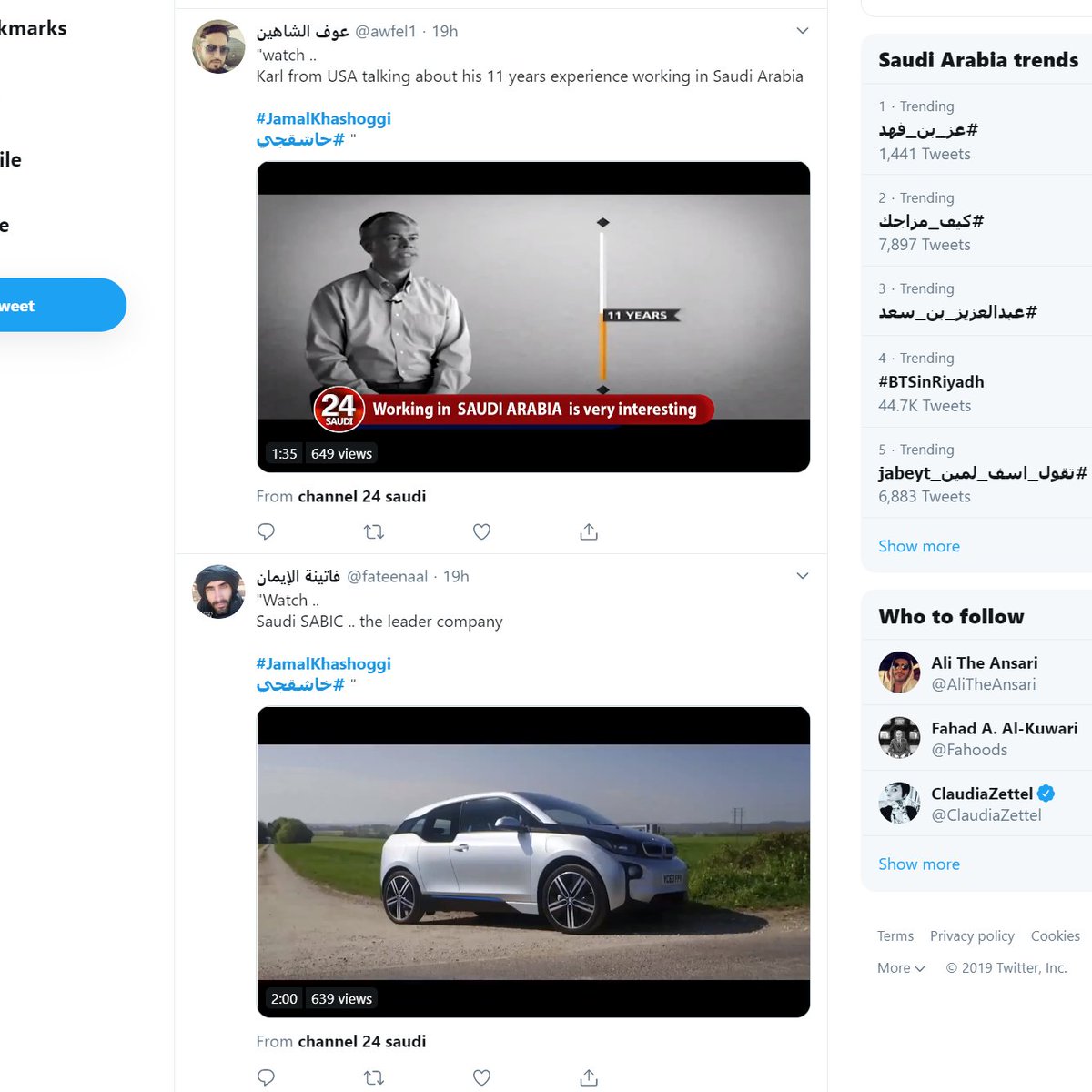I'm a @Nationals fan. I still thought at the time the umps clearly were right.
I made a purposivist argument last night, but the text also backs up the umps... 1/
“[r]unner is permitted to exit the three-foot lane by means of a step, stride, reach or slide in the immediate vicinity of 1st base for the sole purpose of touching first base.”
The key word: "exit." And "sole."
Video:
Rule 5.09(a)(11):
In running the last half of the distance from home to 1st... he runs inside (to the left of ) the foul line, and in the umpire's judgment in so doing interferes with the fielder taking the throw at first base... [then] the ball is dead [and runner is out]...
Textual exception only for "exit" to touch the base.
He obviously couldn't "exit" that path if he was never fully in the path. His left foot hit infield grass the whole way.
This is also an example of "the harm within the risk."
The purpose seems clear: 1st, to avoid strategic interference with the ball and/or fielder, and 2d, to avoid collisions and injury.
No sign of #1, but #2, a collision, happened.
On a close play, batters often sprint straight and don't shift fully to the lane.
But that's the point: a close play is the risk.
Bright line rule bonus vs. muddy standards:
Because we often can't tell the difference between a righty batter just trying to sprint straight to the base in good faith, or...
Staying in the grass to subtly interfere w/ the throw...
Not only was Turner in fair territory, but his left foot hits the grass (not just the fair territory dirt) the entire way.
And that's why his body hit Gurriel's glove.
But it's also hard to say that his "sole" purpose (no "shoe"/foot pun intended?) of being in fair territory was to hit the bag.
His primary purpose was to follow the straightest line between 2 points.
The text tells us its purpose with another exception:
"...except that he may run outside (to the right of) the three-foot line or inside (to the left of) the foul line to avoid a fielder attempting to field a batted ball."
AVOID COLLISIONS.
It's not part of the rule, but factual causation should lead to a strict application of the rule:
"But for the breach, would the harm [interference] have happened?"
Probably not. Turner's body would have been a foot to the right, & thus no collision.
1) Negligence per se (statutory violations)
2) Textualism and purposivism
3) "The harm within the risk"
4) Factual and proximate cause.
#Baseball #Torts
Go @Nationals!














